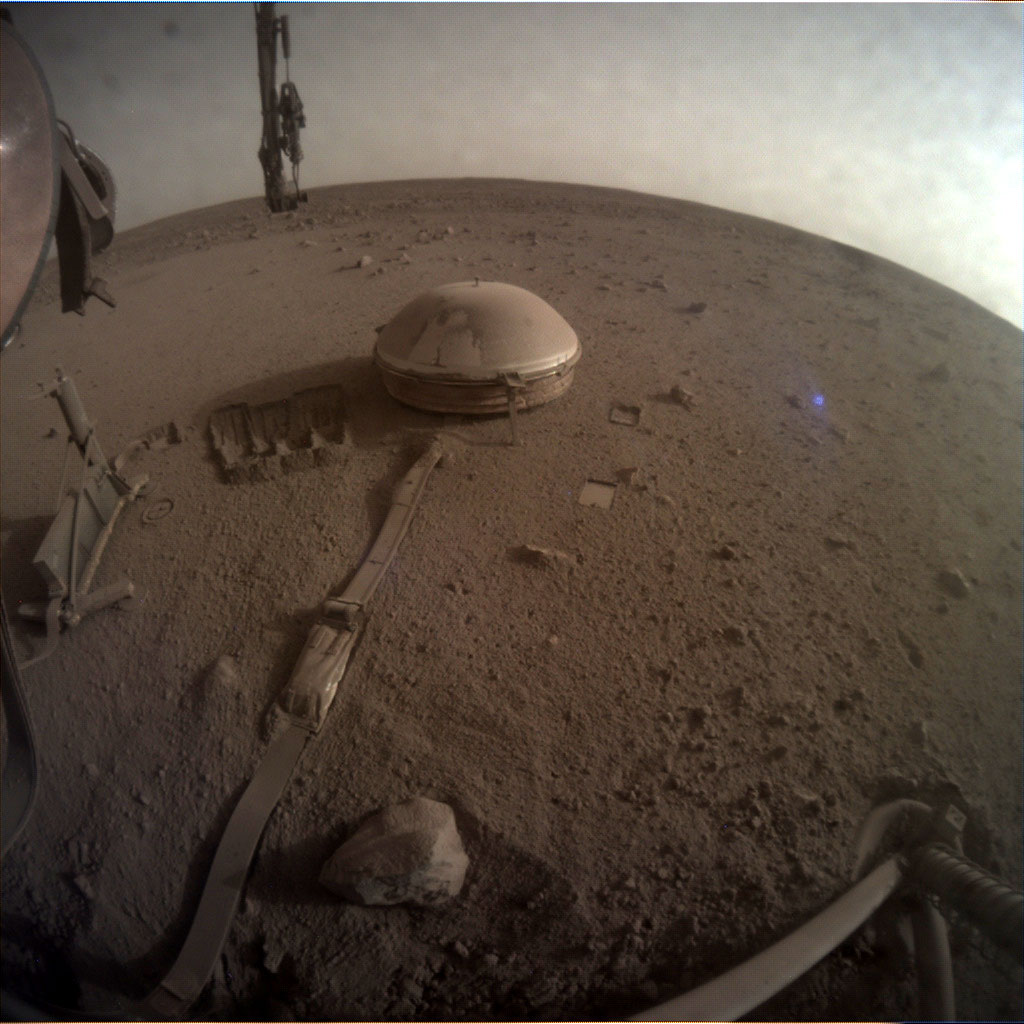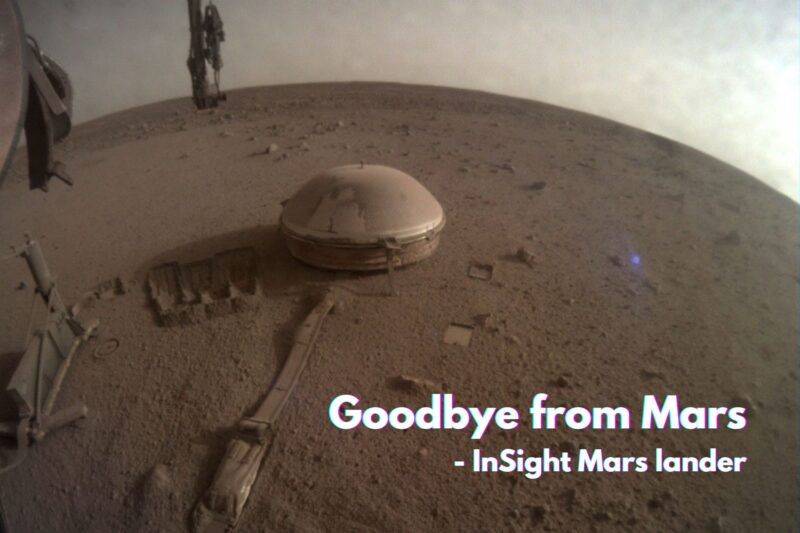NASA’s Insight Mars lander is preparing to conclude its mission on the Red Planet after nearly four years of exploration. Since 2018, it has provided invaluable insights into Mars’ erosion, weathering, and internal structure. Explore the legacy of this groundbreaking mission as it nears its end.

In October, it was announced that debris from a powerful storm had coated Insight’s solar panels, obstructing most of the sunlight required to recharge the lithium-ion batteries. The satellite was expected to stop adapting to orders from the launch complex within a few weeks.
InSight is the one and only spacecraft designed to investigate Marsquakes. Since arriving on Mars, it has collected data on almost 1,300 earthquakes. Furthermore, scientists revealed that Mars’ mantle contains greater iron than that of the Earth.
According to NASA, the spacecraft of InSight combines multiple devices: a seismic study design for internal working made available by the French space agency CNES and other organizations, the Jet Propulsion Laboratory (JPL), and the Heat Flow and Physical Properties Package (HP3) provided by the German space agency (DLR).
The conclusion of NASA’s Mars InSight lander’s historic mission to uncover mysteries of the Red Planet’s innards is rapidly nearing. The spacecraft’s power output is continuing to decrease as inorganic components on its photovoltaic cells accumulate, therefore the crew has taken measures to keep the spacecraft operational for as long as humanly possible with the fuel that persists. The conclusion is likely in the coming days.
Furthermore, Mars, as an “ideal laboratory,” provides for a more realistic investigation of the larger problems regarding the solar system. “Mars is hardly too huge nor too little in comparison to the other celestial bodies. This ensures it maintains a trace of its creation and can help us understand how terrestrial planets evolved. It is an ideal environment for studying the genesis and development of planetary systems.”
Source: NASA








